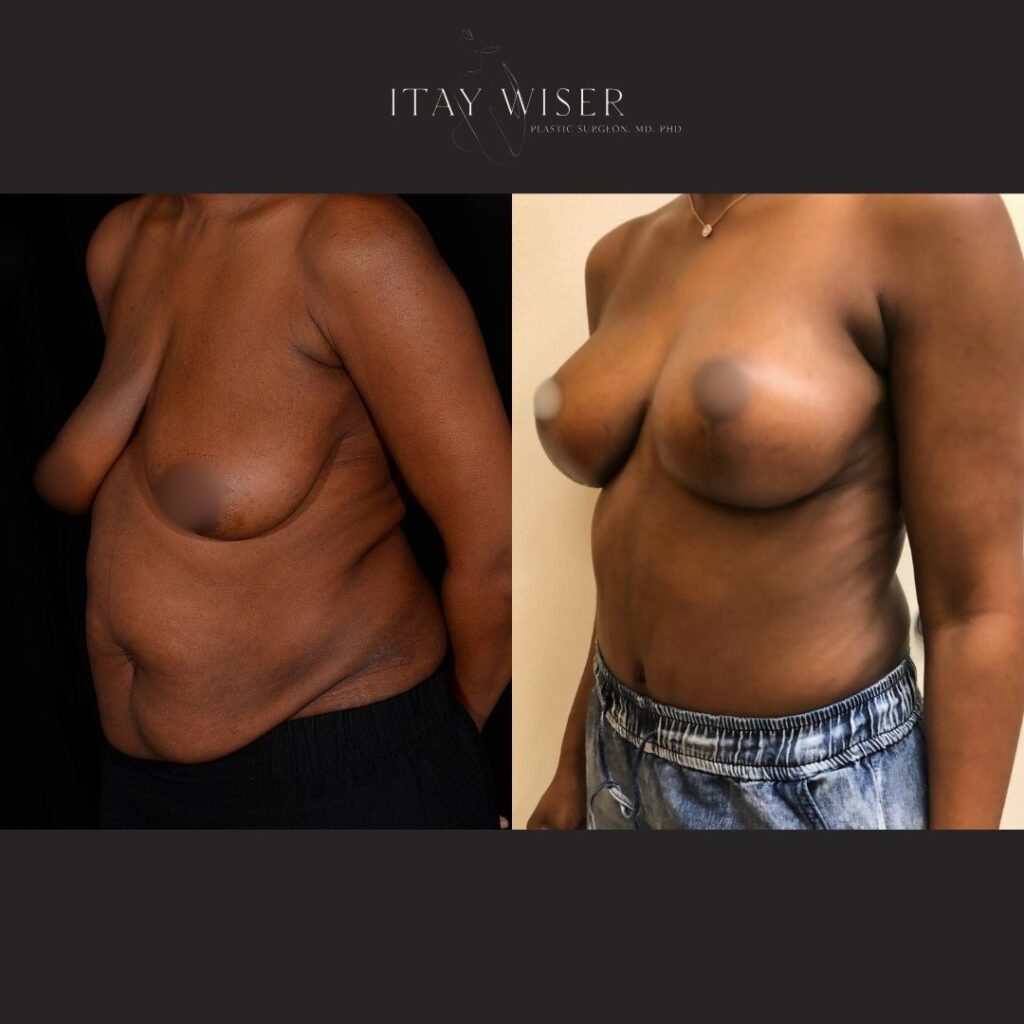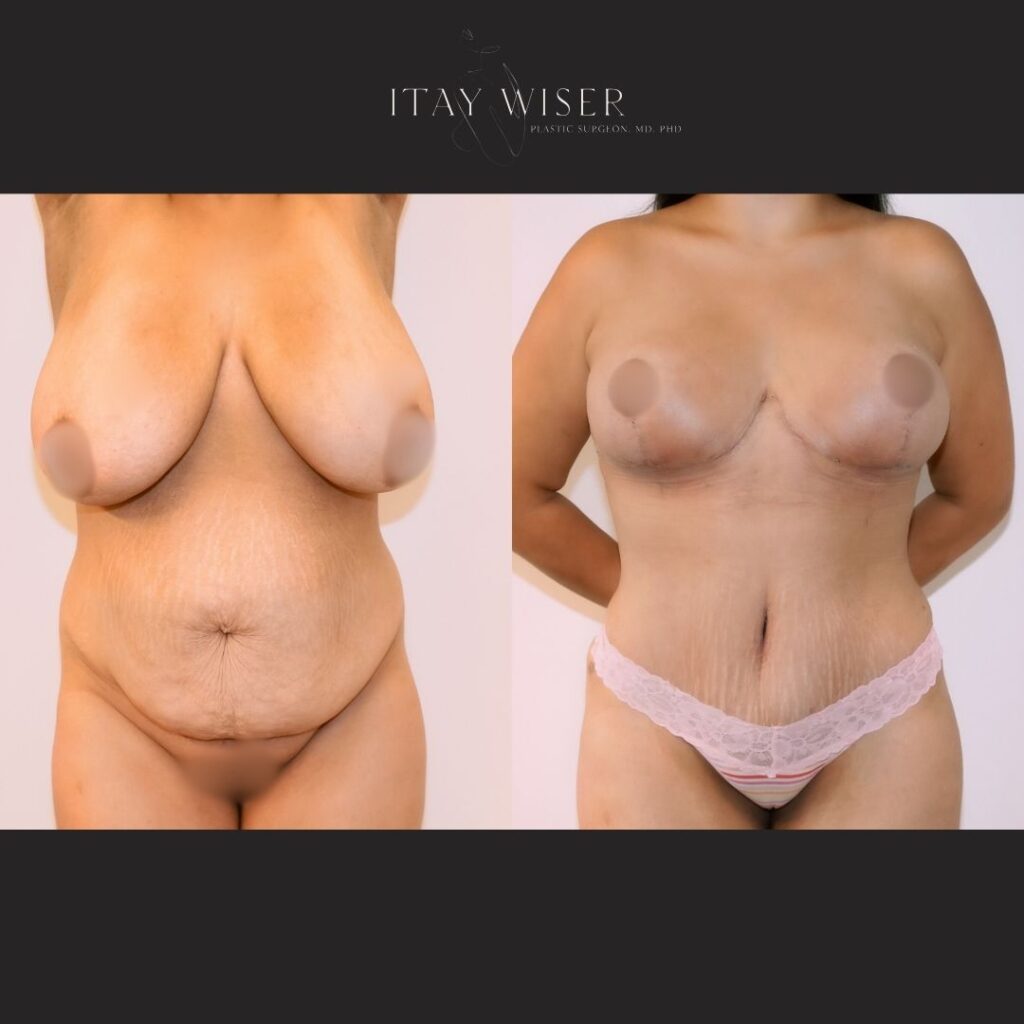Chemical Peels in NYC
A chemical peel is a powerful, non-invasive skin treatment designed to exfoliate, rejuvenate, and revitalize the skin. In NYC, chemical peels have gained immense popularity due to their effectiveness in treating a variety of skin concerns, from fine lines and wrinkles to acne scars and hyperpigmentation. If you’re searching for the best chemical peel in NYC, this guide will help you understand your options, the benefits, and what to expect from the procedure.
What is a Chemical Peel?
A chemical peel is a skin-resurfacing procedure that uses acidic solutions to exfoliate the top layer of the skin, revealing fresh, smoother, and more radiant skin beneath. The treatment stimulates collagen production, removes dead skin cells, and promotes cell turnover, leading to a more youthful and even complexion.
What Can a Chemical Peel Treat?
Chemical peels are highly effective in addressing:
Fine lines and wrinkles
Uneven skin tone and hyperpigmentation
Acne scars and active acne
Sun damage and age spots
Enlarged pores
Melasma and other pigmentation disorders
Rough skin texture
Table of Contents
Mommy Makeover: Before & After


Why Patients Trust Dr. Wiser
NYC & Israeli Board-Certified Plastic Surgeon
Chief of Plastic Surgery at Mount Sinai Elmhurst
Advanced techniques for natural-looking results
Thousands of successful
procedures
Who is a Good Candidate for a Chemical Peel?
Ideal candidates for chemical peels in NYC include individuals who:
Want to reduce signs of aging without surgery.
Have acne scars, uneven skin tone, or sun damage.
Are not pregnant or nursing.
Do not have severe rosacea or active infections.
Who Should Avoid Chemical Peels?
You may not be a suitable candidate if you:
Have highly sensitive skin or eczema.
Are prone to keloid scars.
Have recently used Accutane (within the past 6 months).
Types of Chemical Peels in NYC
Chemical peels vary in strength and formulation, depending on your skin type and concerns. The three primary types include:
1. Light Chemical Peel (Superficial Peel)
Best for: Mild acne, dull skin, minor discoloration, and fine lines.
Ingredients: Glycolic acid, lactic acid, salicylic acid
Downtime: Minimal to none; skin may appear slightly red for a few hours.
Frequency: Can be done every 2-4 weeks for optimal results.
2. Medium Chemical Peel
Best for: Deeper wrinkles, acne scars, and moderate hyperpigmentation.
Ingredients: Trichloroacetic acid (TCA), Jessner’s solution
Downtime: 3-7 days; mild peeling and redness may occur.
Frequency: Typically performed every 3-6 months.
3. Deep Chemical Peel
Best for: Severe sun damage, deep wrinkles, and significant skin discoloration.
Ingredients: Phenol acid, high-strength TCA
Downtime: 2-3 weeks with more intense peeling and redness.
Frequency: Only performed once every few years.
How Does a Chemical Peel Work?
The procedure involves the following steps:
Skin Cleansing: The skin is cleansed to remove dirt, oil, and impurities.
Application of Chemical Solution: The chemical peel solution is applied evenly to the face.
Reaction Time: The solution is left on the skin for a specific duration to penetrate and exfoliate.
Neutralization: The peel is neutralized (if needed) and removed.
Post-Treatment Care: A soothing serum and SPF are applied to protect the skin.
What to Expect During Recovery?
Light Peel Recovery:
Medium Peel Recovery:
Deep Peel Recovery:
Chemical Peels FAQs
How often should I get a chemical peel?
Light peels can be done every 2-4 weeks, medium peels every 3-6 months, and deep peels once every 5-10 years.
Are chemical peels safe for all skin tones?
Yes, but individuals with darker skin tones should consult an experienced provider to avoid hyperpigmentation risks.
Do chemical peels hurt?
Light and medium peels may cause mild tingling or burning, while deep peels require anesthesia due to higher intensity.
Can I combine a chemical peel with other treatments?
Yes! Chemical peels can be combined with microneedling, laser therapy, and injectables for enhanced results.

